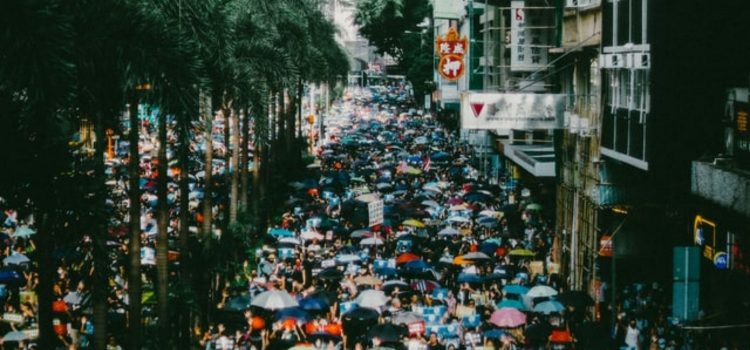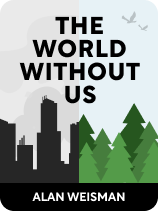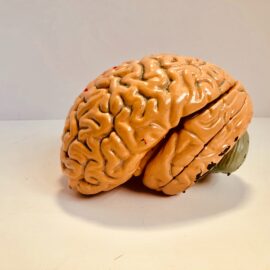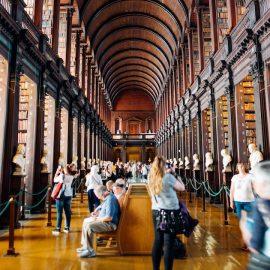

This article is an excerpt from the Shortform book guide to "The World Without Us" by Alan Weisman. Shortform has the world's best summaries and analyses of books you should be reading.
Like this article? Sign up for a free trial here.
What’s the relationship between the population and the environment? Is it straightforward or nuanced and complex?
In The World Without Us, science journalist Alan Weisman outlines the ways the human race has left a mark on our planet. He asserts that the Earth’s environment would benefit if the human population declined or even vanished, and he conducts a thought experiment to explore the implications.
Keep reading to learn about the interplay between the population and the environment from the perspective of this thought experiment.
Population and the Environment
Weisman believes that it’s important to understand the connection between the human population and the environment. He discusses many imprints the human race has made as we’ve restructured the natural landscape to suit our own needs. Among these are how we’ve turned vast swaths of forest into farmland, how we’ve crisscrossed the world with cities and infrastructure to support our growing population, and how we’ve dealt (responsibly or otherwise) with the never-ending supply of waste that industrial civilization generates.
Given all the ways in which we’ve reshaped the world and continue to affect it every day, Weisman asks a question that’s normally the purview of science fiction writers: What if the human race vanished all at once but left all our buildings, roads, and power plants intact?
Weisman is clear to point out that this is just a thought experiment—he doesn’t advocate human extinction as a solution to the world’s environmental problems. Though, he does describe the environmental benefits we would see from a voluntary decline in population. Such declines are already taking place in countries where women have access to education, careers, and contraception. In the afterword to the book’s 2022 edition, Weisman remarks on the temporary reprieve the environment experienced as a result of the Covid-19 pandemic—not because of the deaths, but because of the reduction in auto traffic, shipping, and air travel.
| The Hidden Cost of Population Decline One effect of population decline that Weisman doesn’t address is that, when people choose to have fewer children, the average age of a population rises. Some argue that an aging population creates new stressors on society in the form of a shortage of new workers and an increase in the cost of health care as a percentage of the total economy. In addition, older people are more vulnerable to the effects of climate change, such as harsher environmental conditions, heat-related illnesses, and potential food and water shortages. However, protecting an aging population may provide further impetus for climate change activism because the measures needed to ensure the health of the elderly, such as finding ways to keep cities cool while making food and water delivery more efficient, will benefit society as a whole. |
As for what scenario could result in the human race’s disappearance without adversely affecting the rest of the world, Weisman says that a virus is the most likely candidate, though even the worst diseases leave survivors. The same is true for war, which, no matter how devastating, is almost always followed by a population rebound after hostilities cease. A nuclear war might wipe us out completely, but it would do the same for all life on the planet. This would also hold true for a severe environmental catastrophe, such as extreme global warming that leaves the Earth no longer viable for life.
For the purposes of Weisman’s exercise, the means of humanity’s disappearance is irrelevant. It could be that every member of our species is simultaneously abducted by aliens or snapped out of existence by a cosmic supervillain. However, there are those who believe that, if our population keeps rising, increasing the stress humanity puts on the environment, the chances of a worldwide die-off become more likely, whether from lack of food, water, or land, or by increasing the spread of disease.

———End of Preview———
Like what you just read? Read the rest of the world's best book summary and analysis of Alan Weisman's "The World Without Us" at Shortform.
Here's what you'll find in our full The World Without Us summary:
- What would happen to Earth if the human race disappeared
- How the planet would benefit from a human extinction
- What the immediate vs. long-term effects would look like






